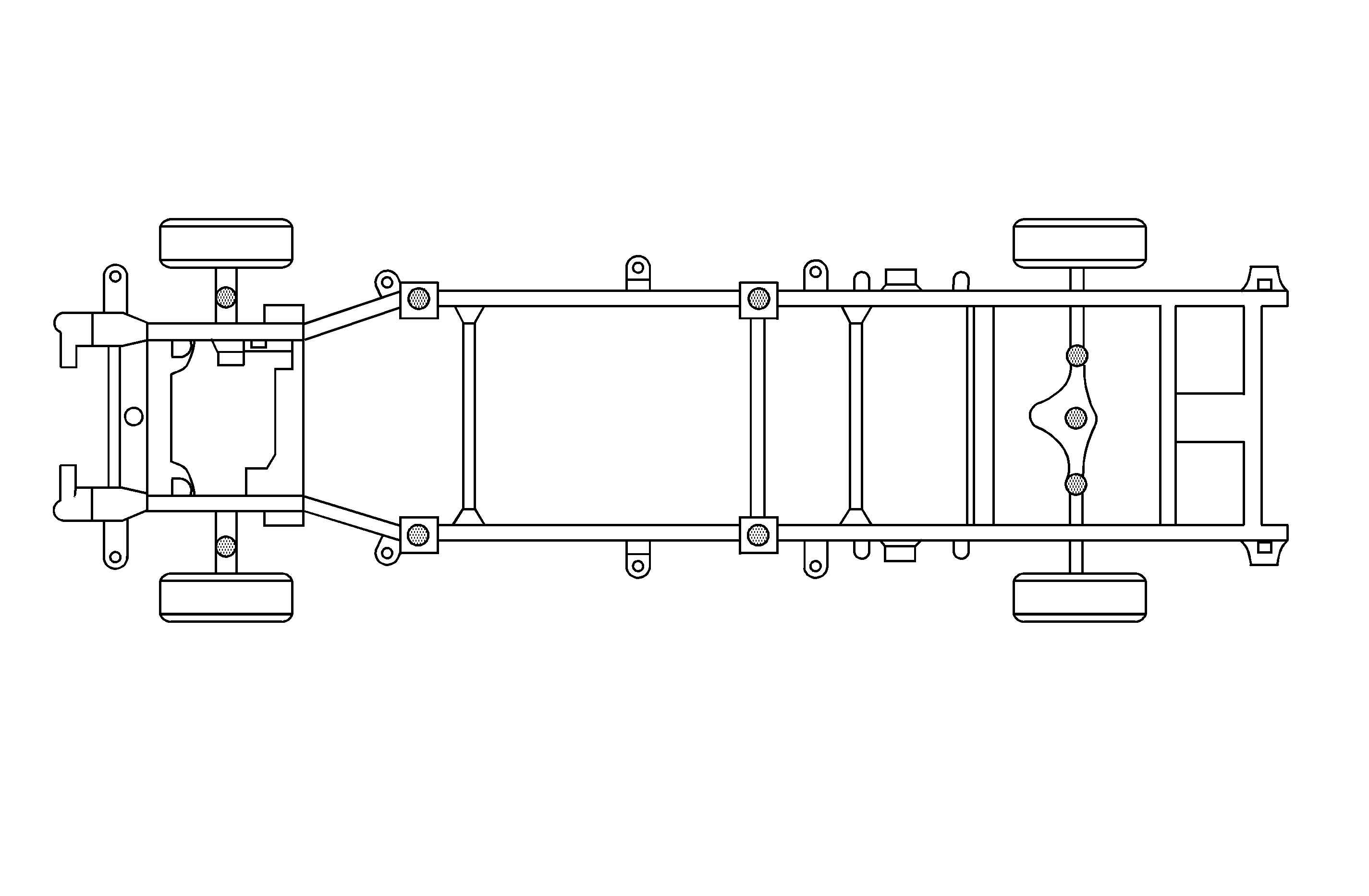
Caution: To avoid any vehicle damage, serious personal injury or death when major components are removed from the vehicle and the vehicle is supported by a
hoist, support the vehicle with jack stands at the opposite end from which the components are being removed and strap the vehicle to the hoist.
Caution: To avoid any vehicle damage, serious personal injury or death, always
use the jackstands to support the vehicle when lifting the vehicle with a
jack.
Notice: Perform the following steps before beginning any vehicle lifting or
jacking procedure:
| • | Remove or secure all of the vehicle's contents in order to avoid
any shifting or any movement that may occur during the vehicle lifting or
jacking procedure. |
| • | The lifting equipment or the jacking equipment weight rating must
meet or exceed the weight of the vehicle and any vehicle contents. |
| • | The lifting equipment or the jacking equipment must meet the operational
standards of the lifting equipment or jacking equipment's manufacturer. |
| • | Perform the vehicle lifting or jacking procedure on a clean, hard,
dry, level surface. |
| • | Perform the vehicle lifting or jacking procedure only at the identified
lift points. DO NOT allow the lifting equipment or jacking equipment to contact
any other vehicle components. |
Vehicle Lifting
| • | Ensure that the lifting equipment meets weight requirements and is in good working order. Always follow the lift manufacturer's instructions. |
| • | You may lift and support the front of the vehicle at the front suspension near the wheel assemblies. Ensure that the arms of the front cradle are extended as close to the steering knuckle as possible. |
| • | Ensure that the vehicle is centered on the hoist before attempting to lift. |
| • | When using a suspension-contact hoist, ensure that the rear cradle has adequate clearance for the rear stabilizer bar. |
| • | When lifting or jacking a vehicle, be certain that the lift pads do not contact the exhaust system, brake pipes, cables, HVAC lines, wiring harnesses, fuel lines, or underbody. Such contact may result in damage or unsatisfactory vehicle performance. |
| • | When using a frame-contact hoist, only place the pads on flat surfaces. Do not place pads within 50 mm (2 in) of any radius. |
| • | Before lifting the vehicle, verify that the vehicle loads are secure and equally distributed. |
| • | When major components are removed from the vehicle when supported on a hoist, support the vehicle with jack stands at the opposite end from which the components are being removed and secure the vehicle frame to the hoist pads nearest the component
to be removed. |
Vehicle Jacking
| • | Park the vehicle on a clean, hard, level surface before jacking the vehicle. |
| • | Any time you lift the vehicle on one end, chock the wheels at the opposite end. |
| • | Use jack stands in order to provide support. |
| • | When supporting the vehicle using jack stands, place the jack stands under the side rails or the axle. |
| • | When lifting under the rear differential, do not allow the jack pad to contact the rear stabilizer bar or mounting hardware. |

